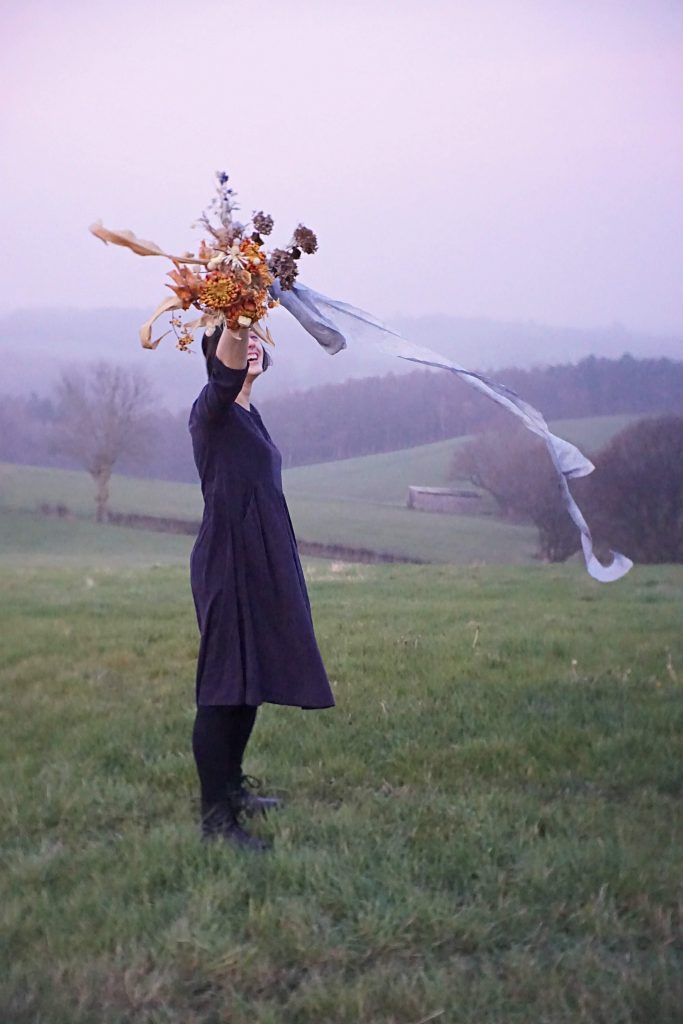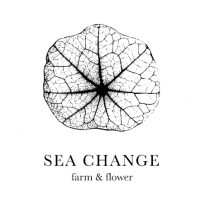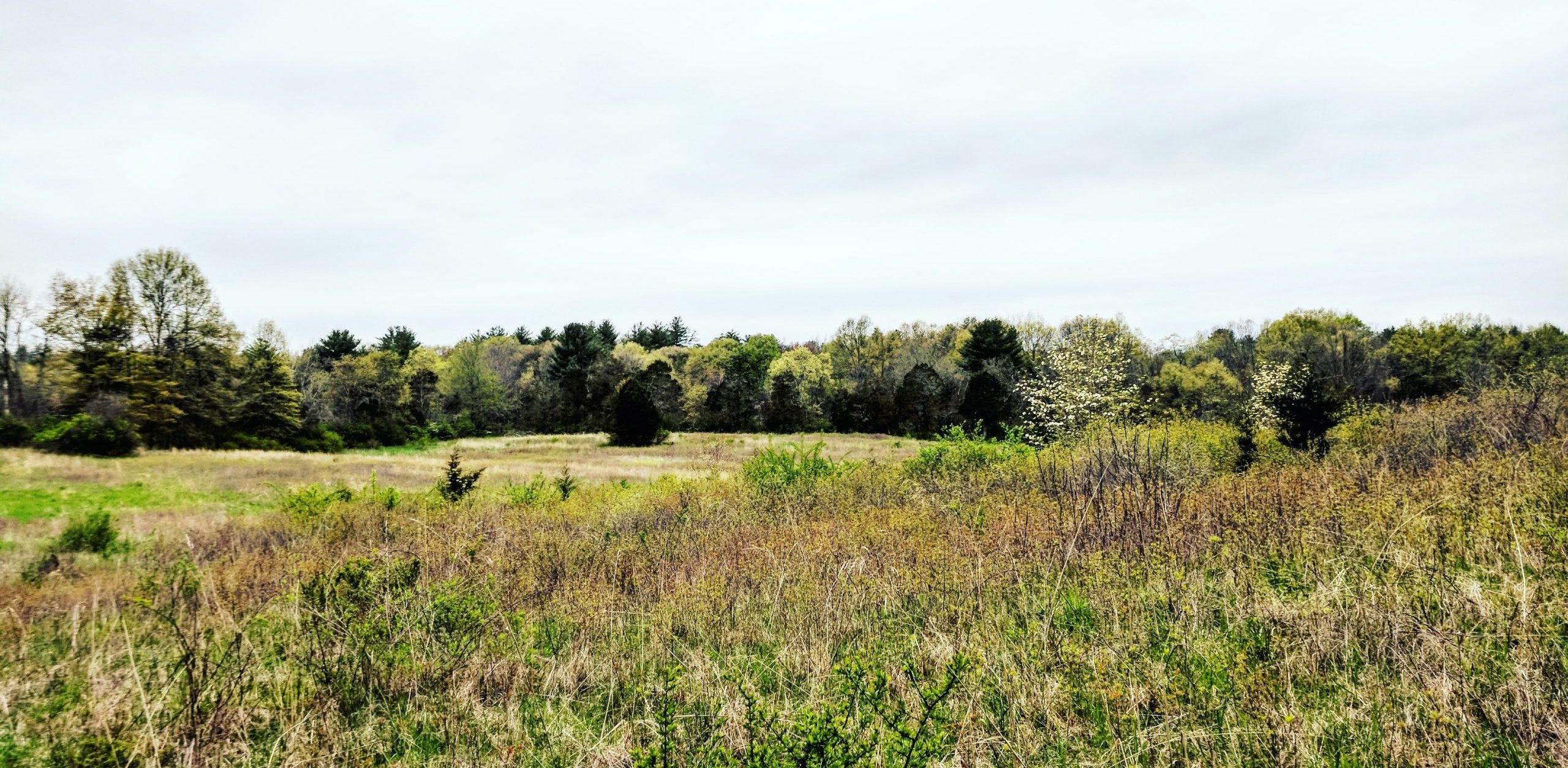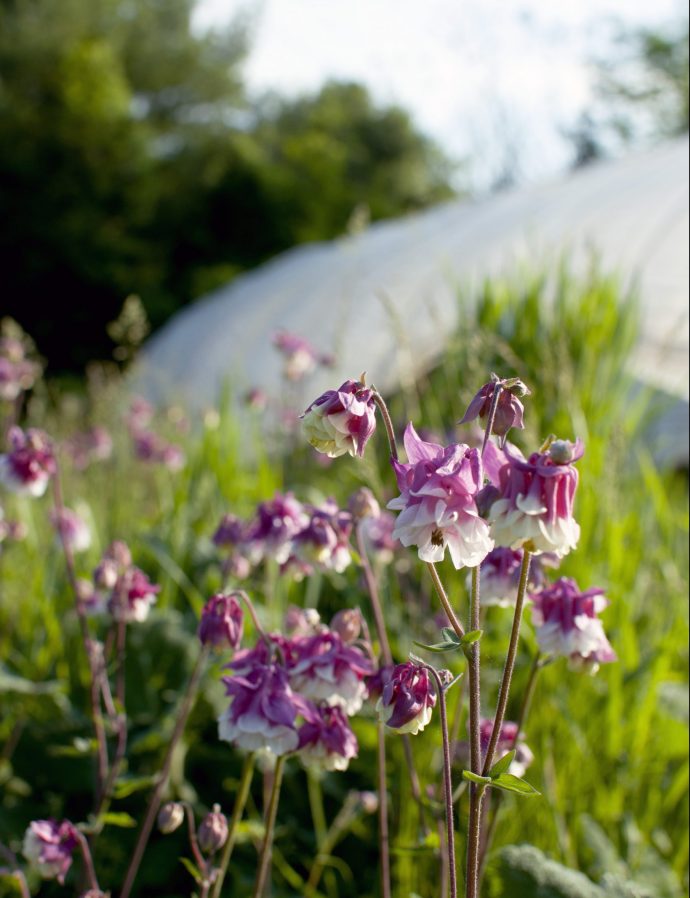It’s official: we’re moving the farm.
For the last three years, we’ve been leasing land to grow our flowers. The land’s owners have made new plans, however, and having a working farm on their land is no longer the vision they hold for their property.
I love our current farm, and I’m grateful for our years there. I’ll be sad to leave it at the end of the season.
Since starting Sea Change in 2018, I always knew that this first location would be somewhat temporary, but I wasn’t sure how many years we would have there. It’s hard to form a strong connection with a place and then leave that place, especially when your connection is with the very ground itself.



When I learned last summer that our lease would be ending this year, I immediately began to search for a new home for Sea Change.
I explored renting, but was wary of putting us in another situation where we would need to move in a few years’ time. I knew that I wanted to own the farm’s next home if at all possible, so that we could set down long-term roots, both figuratively and literally.

Because of COVID, it was a difficult time to be searching for property. Folks who might otherwise be interested in renting their fields were not open to having new people around. And in our area, the real estate market went haywire as people fled New York City in search of more space for their quarantine. Scarce inventory and high demand! Properties on the market sold almost as soon as they were listed, and prices were climbing.
Searching for a farm property is also pretty different from searching for a house. I care a lot about some things that a normal homebuyer wouldn’t: What’s the soil type? Slope? Sun exposure? Wind direction? Drainage? Is the property zoned to support agriculture?
I made a list of hard requirements for our future farm:
- Must have good soil–i.e., classified as “Prime Farmland” or “Farmland of Statewide Importance” by the USDA
- Must have at least 1 acre of open land with good sun exposure
- If there was a house, it had to be simple and need no work
Then, I made a list of nice-to-haves:
- Would love at least 2 open acres for growing
- Would love to have wooded land as well
- Want somewhere that feels “like a special place”

I visited a lot of properties last year. I saw plots of woods with no open space, and plots with houses that went under contract in an instant. I saw fields that weren’t actually zoned for agriculture, and fields that were, but had poor soil.
I saw a property that seemed really promising, and had a bit of that “special feeling”–but had a nasty next-door neighbor who yelled at us when we lingered too long. The search seemed impossible!
I starting driving around and writing down the addresses of fields I passed. Then, I would creepily research the fields’ owners through tax records online. I wrote them letters or cold-call them about selling or leasing their field to me. No dice, though I did talk to some very lovely people.

In August, I saw an old dairy farm near our house. It had 25 acres of open fields with bordering woods and a number of old farm buildings. It had beautiful views of the Shawangunk mountains–a special-feeling place! But the old buildings concerned me.
I asked a family friend with a background in civil engineering to come see the property with me. He carried a screwdriver as we walked around, excitedly poking at the buildings’ structural posts where they touched the ground. Many were soft and crumbling.
“Look, this one’s completely rotted through!” he exclaimed with delight, gouging the screwdriver into a particularly far-gone post. Then we went into the second building, where he stated there was asbestos paneling everywhere, and that was the end of that property.



Around Thanksgiving, a new property popped onto my Zillow feed that seemed promising. I called my realtor and saw it that morning. Three other potential buyers were there, too. I went back in the afternoon with my partner to see it again, along with more other potential buyers.
It checked off all our hard requirements, and a couple nice-to-haves. We made an offer on it that evening.
So. Is it perfect? Does it feel special?
I won’t say that I “just knew” it was the right property, or that I fell in love with it at first sight. If I’m being honest, I still feel ambivalent about this property, and I have a lot of what-if questions about it. Buying a property is pretty terrifying!
Before finding this property, I really romanticized what the future farm could be: rolling hills, sweeping views, big old trees and quaint stone walls, a swimming hole, ivy and grand old rosebushes, sunsets over fields of flowers along a humble dirt road. Endless possibilities that could never all exist in one place at an attainable price point. Finding a real-life farm property meant that some of these dreams became concrete, but I had to let go of the rest.
Along my searching, I read an article about finding farmland titled “Good Enough is Perfect.” It’s about how the “perfect” piece of land is often pretty unimpressive at first, and how our work and privilege as farmers is to shape the land into what we want it to become. We make that special feeling.
With that in mind… let me introduce you to our farm’s new home!



The new home of Sea Change Farm is in Accord, NY, 20 minutes from our current farm. The property has a 1.3 acre open field on a gentle slope. It has 6 acres of woods criss-crossed by low stone walls, and a small, simple house with a clean, dry basement. The soil is a Chenango gravelly silt loam, classified as prime farmland.
Aaaand the fine print: our gravelly silt loam is heavy on the gravel. The field is currently full (and I do mean full!) of poison ivy. The field is bordered by trees, so parts of it are heavily shaded. And the surrounding woods are home to many, many flower-hungry deer.
We have a lot of shaping to do! But I am thrilled, and relieved, to have secured a new home for the farm.
And it is ours.

Soon I’ll be writing about the farm-moving process and what it’s been like so far to take this piece of land, from square 1, and start molding it into a flower farm.
Moving a farm is a Whole Thing. But owning this new land is a privilege and being its steward is an honor. Thanks for joining in on our journey 🙂

This is an excerpt from the Sea Change Farm newsletter.
Want more like this? Sign up for our newsletter here.


